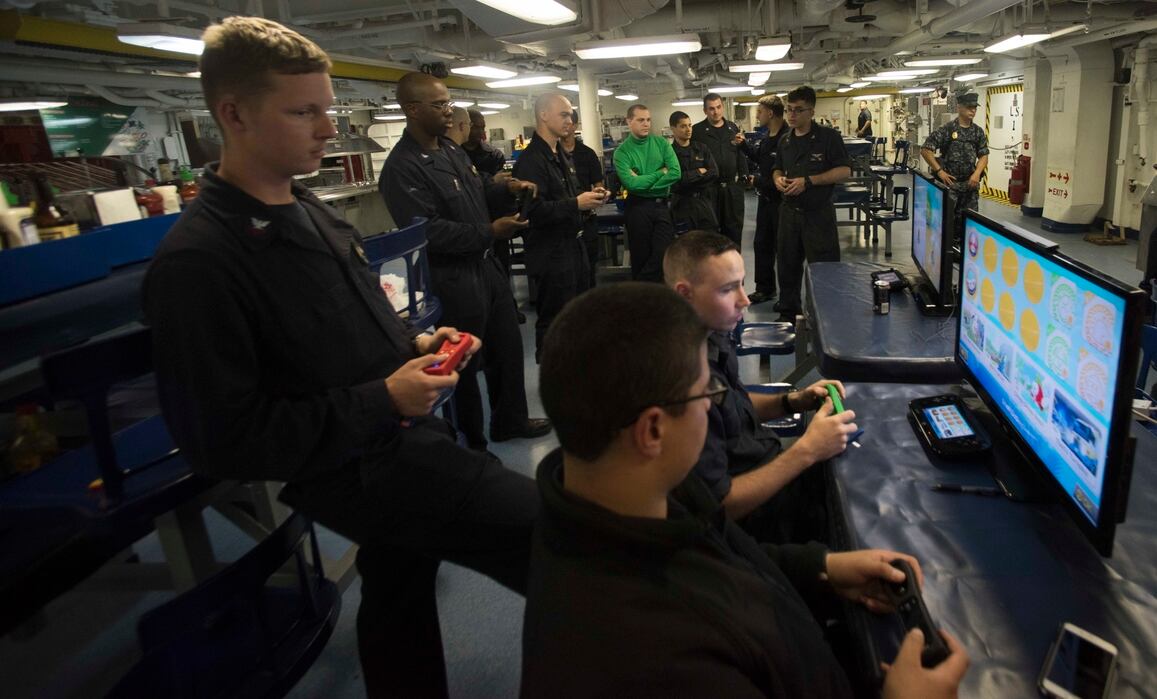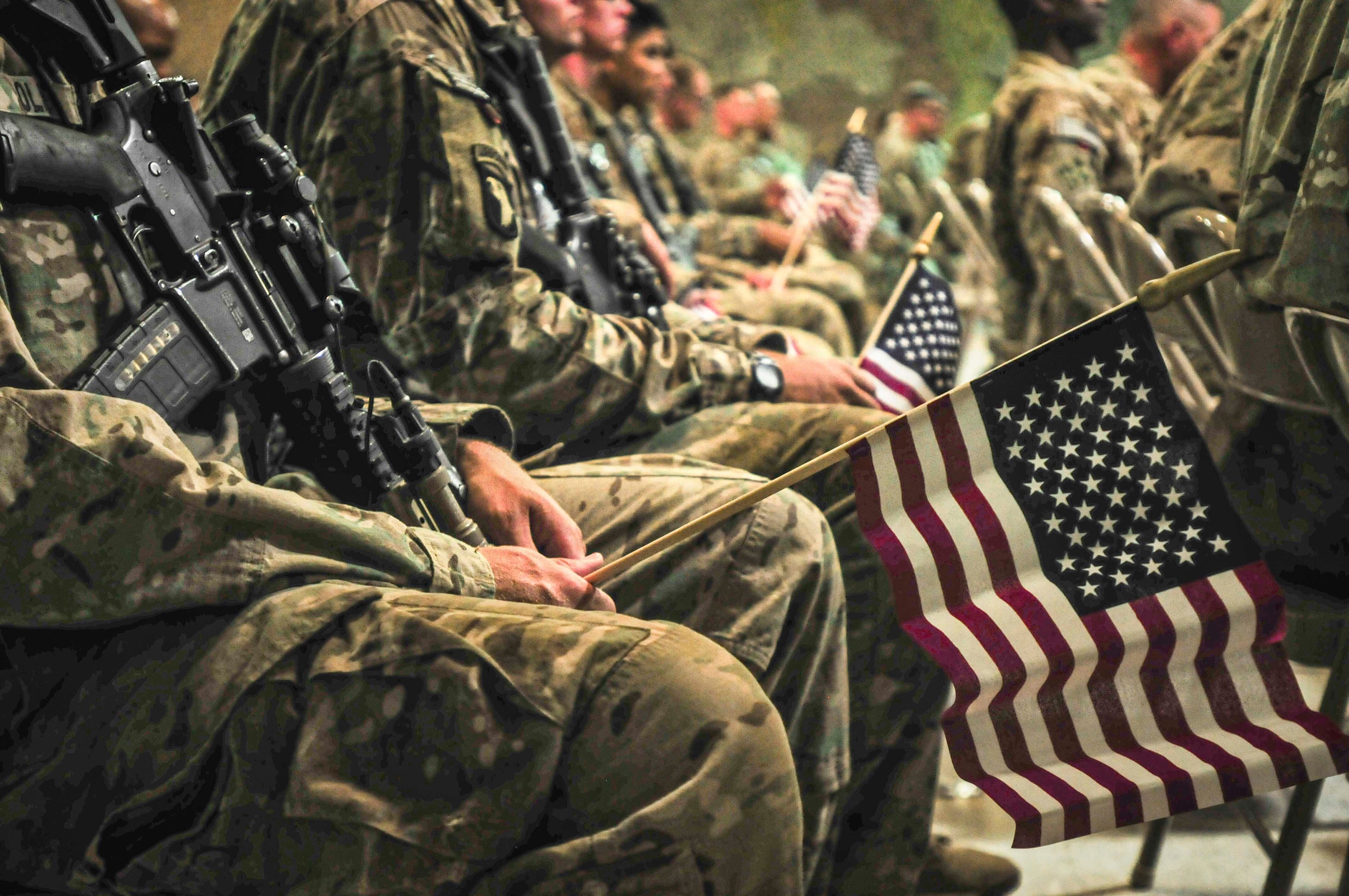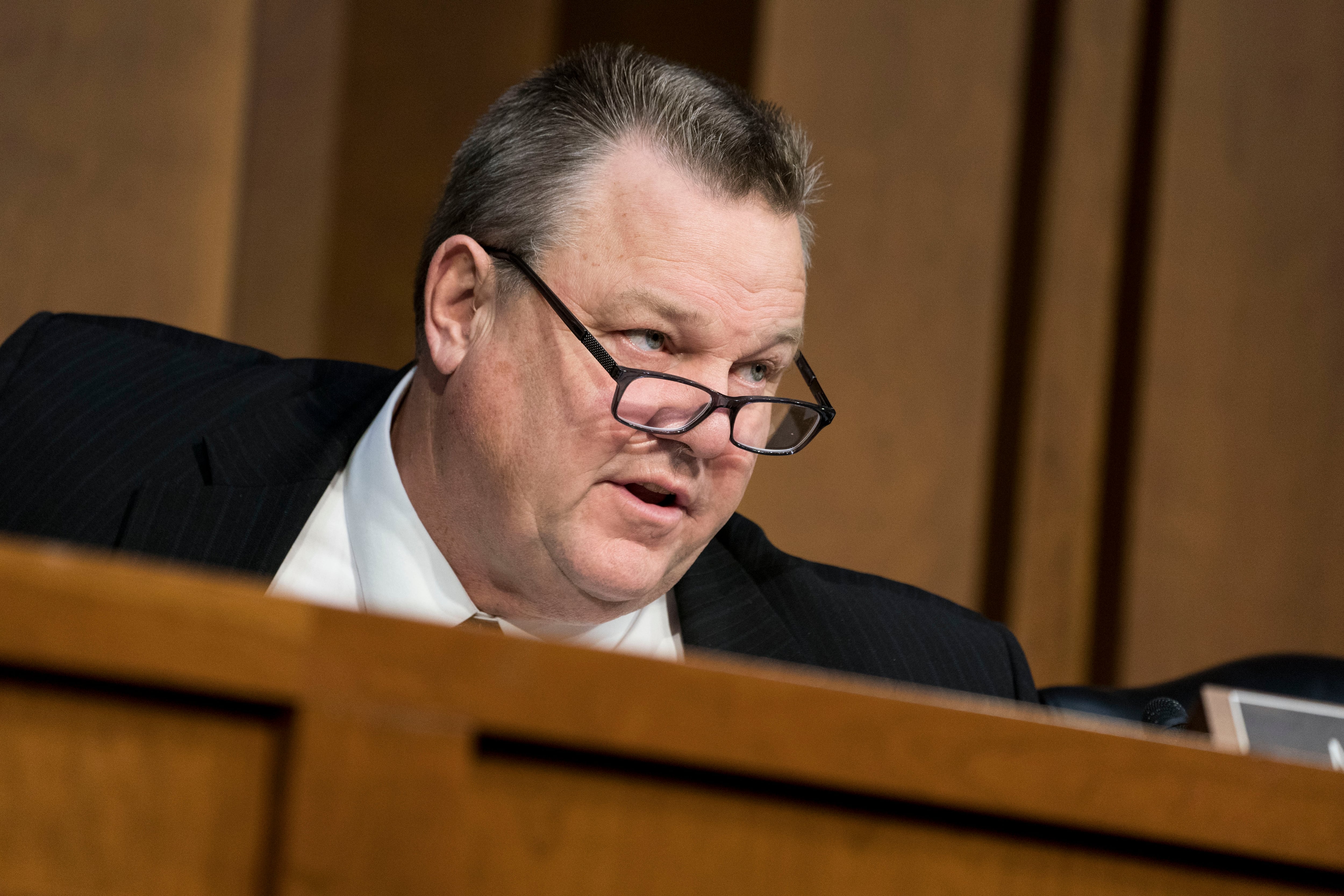What system would you design if you intended to make the military profession a separate caste, divided from the civilian population it protects? You’d end up with a system that looks a lot like what we currently have, among the most exclusive gated communities. For all the real societal challenges that the military is experiencing with recruiting right now, some obstacles are self-imposed.
Youth obesity and mental health challenges certainly constrain the pool of eligible recruits, and high national employment is further constraining accessions. But at the same time, policy decisions have made the military more insular and less appealing over time. In the military’s war for talent, current policies are a source of unintended friendly fire.
As familial connections to the military decline, the Army and other services need to broaden efforts to connect to the civilian population. Many recommendations have addressed improving or adapting the recruiting enterprise itself.
Here are three other policy areas, beyond the recruiting enterprise, where the military could reduce its self-imposed isolation from civilians and expand recruiting opportunities: change quality-of-life programs on military installations to push military communities to interact with civilians, expand military accessions of immigrants, and end veterans preference in defense civilian hiring.
In seeking to improve military family life, the breadth and reach of quality-of-life, or QOL, programs has expanded. These programs may have the unintended effect of drawing military families and retirees into a bubble, reducing their contact with the civilian community. For example, commissaries now have expanded access to more military-connected customers and even provide delivery service in some locations.

Though just one example, those commissary customers are not shopping in the local economy where they would interact with their civilian neighbors. When service members shop, bowl, and socialize on installations that by design keep civilians out for security reasons, they lose opportunities to demonstrate the positive aspects of military life. To counter this, one observer has suggested that military communities include civilians, but given security concerns, it may be more practical to get military families out into civilian communities.
Consistent with previous calls to improve program evaluation, the Department of Defense should evaluate morale, welfare, and recreation, or MWR, and related programs for their contribution to readiness or retention, and consider reducing on-post offerings. A past evaluation of Navy programs found “the relationship between QOL programs and career intentions is, at best, small.” Some activities are clearly necessary for the mission, such as physical fitness facilities and Child Development Centers. But funding for other activities may be better invested in vouchers or other means to support military family participation in civilian activities, where geography and local economies allow. Improving quality of life for service members and families should not further separate the military from civilian society.
Military accessions of immigrants is a second area where the need for new recruiting pipelines has become secondary to other priorities. A growing portion of the U.S. labor force, immigrants are an important focus for recruiting. Unfortunately, security concerns have resulted in a lack of continuity in the Military Accessions Vital to National Interest, or MAVNI, program, hindering accessions of fit, quality immigrant recruits.

One spokesperson acknowledged that the accessions rate of MAVNI recruits was similar to that of citizen recruits, suggesting that security clearances are less a barrier than anecdotal reports have suggested. DoD should weigh the cost of security investigations against the cost of higher recruiting bonuses. Immigrant recruits show greater retention compared with citizen recruits, suggesting that return on investment for noncitizen background checks is high. Recent reforms in security investigation processes may aid in immigrant recruiting and vetting. The Army’s recent Foreign Language Recruitment Initiative is a step in the right direction.
Lastly, it is time to end veterans’ preference in civilian hiring. Over time, hiring authorities designed to improve veterans’ post-service employment prospects have become an obstacle to civil-military connection. Hiring veterans into DoD civilian positions is a missed opportunity to provide non-military affiliated civilians (and their families) with exposure to military career opportunities. Moreover, the high concentration of veterans in DoD’s civilian workforce is the primary reason for women’s low representation in DoD relative to the civilian labor force, a gap that will currently take more than a generation to close. Though DoD civilians may never serve in uniform themselves, their military connection will reach others in their social networks. Direct family connections are one important source of military exposure, but familiarity with military organizations in general helps shape greater propensity to serve.
Congress may be reluctant to remove excepted hiring authorities for veterans that are currently used across the federal government. Nonetheless, these are legacy authorities no longer needed due to veterans’ high employment relative to the non-veteran labor force. Further, DoD is uniquely positioned to give up veterans’ preference without harming veterans’ employment prospects, as mandatory transition assistance programs help service members plan for and find post-service employment.
These policies are likely not the primary obstacle to recruiting, but addressing them could help relieve pressure on recruiting in the longer term. Critics have pointed to more recent challenges, suggesting vaccine mandates and diversity efforts as the problem. However, the Army’s recruiting challenges pre-date those shifts, and retention remains high. It’s just recruiting that’s the problem. Thus, the Army and other services should view recruiting shortfalls not just as an immediate crisis, but a generational challenge as the all-volunteer force ages.
The Department of Defense has a broad set of internal levers to adjust. Removing barriers to civil-military connections will provide supporting fires, rather than friendly fire, in the military’s war for talent.
Allison Abbe is professor of organizational studies at the Army War College. Her research focuses on the development of leadership and intercultural skills in national security personnel. She has previously worked as a research psychologist and program manager in defense and intelligence organizations and holds a Ph.D. in social and personality psychology.
The views expressed are those of the author and do not necessarily reflect the official policy or position of the Department of the Army, Department of Defense, or the U.S. government.
Have an opinion?
This article is an Op-Ed and as such, the opinions expressed are those of the author. If you would like to respond, or have an editorial of your own you would like to submit, please email us.
Want more perspectives like this sent straight to you? Subscribe to get our Commentary & Opinion newsletter once a week.





